Keir Leslie – 28 December, 2014
This was the final show at Room Four, an artist run initiative in Christchurch that has often taken a socially engaged stance: acting as a facilitator for several projects and events, and positioning itself as a part of an interlinked set of communities. One possible way of reading it, therefore, is to understand the work as a form of art about the gallery itself. It would see the show as a sort of institutional critique.
Ana Iti is a Christchurch based artist who has been quietly establishing a reputation as a considered, thoughtful maker of drawings. Her practice often draws on physical, scientific, or metaphysical structures as a way of ordering her work. Many of her recent drawings have used a thin paper support stretched over a simple wooden frame, and considered this support as a film through which light can pass. In Solar Window, Iti presented a set of light boxes, while other works of hers rely on reflected, indirect light to provide a simple luminescence.
Golden Hour takes this strategy - thin, translucent support, and simple, light frames - and turns it into a sculptural intervention. Running along the upper part of the western wall of the gallery, a plane cuts across the corner formed by that wall and the ceiling. The angle of the plane is determined by the architecture of the space, and the plane itself is composed of a series of panels that echo the form of the windows that are obscured behind it. The translucency of the support allows the light from those windows to pass through, casting a warm glow across the room.
The orientation of the work towards the west, and therefore towards the setting sun, is primarily driven by the physical structure of the gallery, but it is given added resonance by the show’s title. “Golden hour” is a technical term in photography and cinematography. It refers to the period of time when the sun lies close to the horizon, and consequently light has to travel a greater distance through the atmosphere, being scattered as it does, and resulting in a diffuse glow that, because blue light scatters more easily, is warmer, redder, than usual. It is a way of talking about an aspect of twilight.
This was the final show at Room Four, an artist run initiative in Christchurch that has often taken a socially engaged stance: acting as a facilitator for several projects and events, and positioning itself as a part of an interlinked set of communities. One possible way of reading it, therefore, is to understand the work as a form of art about the gallery itself. It would see the show as a sort of institutional critique.
The traditional art gallery follows a certain set of conventions. One of the more enduring of those is that they are lit from above, and not by windows in the walls. At John Soane’s Dulwich Picture Gallery, one of the first galleries to develop and adhere to this scheme, this was accomplished by the careful use of natural light filtered through skylights, indirectly lighting the walls. Modern galleries tend to accomplish the same end via artificial lighting, ranging from complex, adjustable systems of spots and floods mounted on sophisticated ceiling tracks, to simple fluorescent strips hung overhead. Room Four, sited as it was in a pre-existing semi-industrial space that was only lightly altered, did not follow this convention entirely: while it was primarily lit by hanging strip lighting, they were aided by the band of head-height windows running along the western wall that Iti’s intervention both conceals and draws attention to.
By drawing attention to this feature, Golden Hour echoes other interventions: it is closely akin to Michael Asher‘s practice, which focussed itself on the physical spaces that galleries occupy, and by drawing attention to features of that physical space, promoted a consideration of the social and economic lives of that space. Asher‘s austere, dry work set the tone for this kind of structurally driven intervention as part of the tradition of institutional critique, and most of the work that carries on this tradition possesses a similar austerity and dryness.
Iti’s intervention, which plays between the flaws and specificities of the physical space Room Four occupied, and the supposed perfection of the ideal, Platonic, gallery space, starts off from that austere, minimal presence. The simplicity of the gesture masks a underlying lyricism that is drawn out slowly through the passage of time and light. The apparently pure formalism reveals itself as a romantic move, and we can take Golden Hour as an elegy for Room Four: a soft, twilight moment.
Keir Leslie
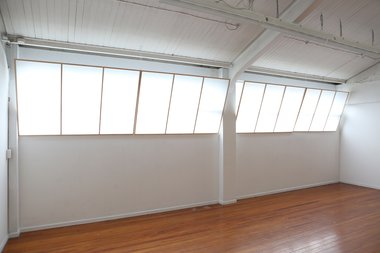
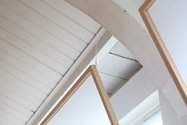

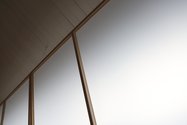
 Two Rooms presents a program of residencies and projects
Two Rooms presents a program of residencies and projects Advertising in this column
Advertising in this column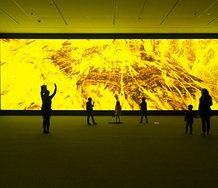
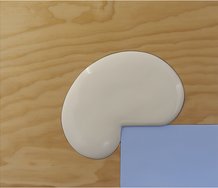
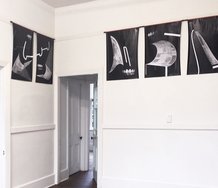
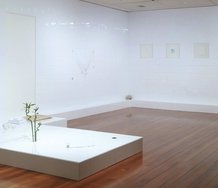
This Discussion has 0 comments.
Comment
Participate
Register to Participate.
Sign in
Sign in to an existing account.